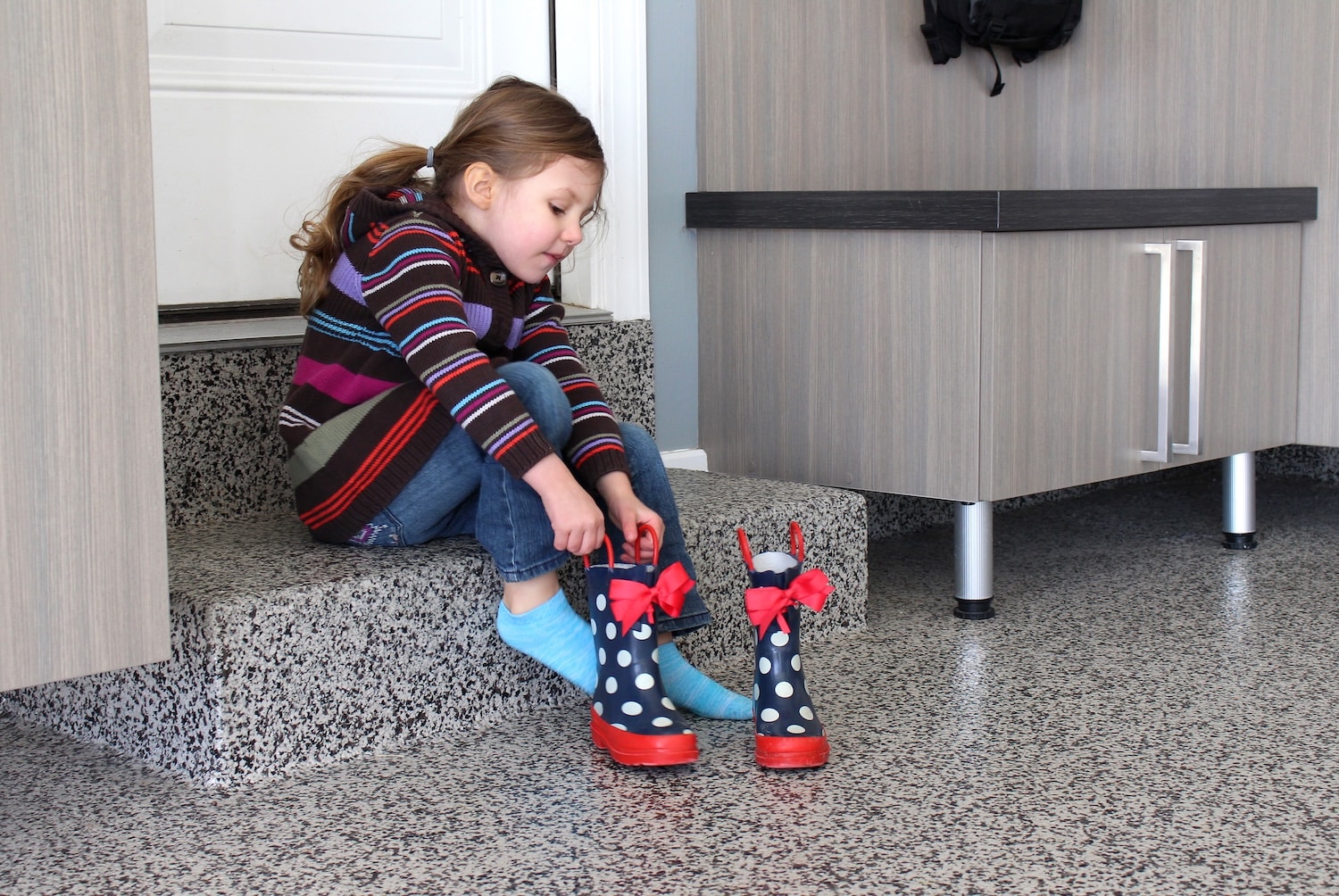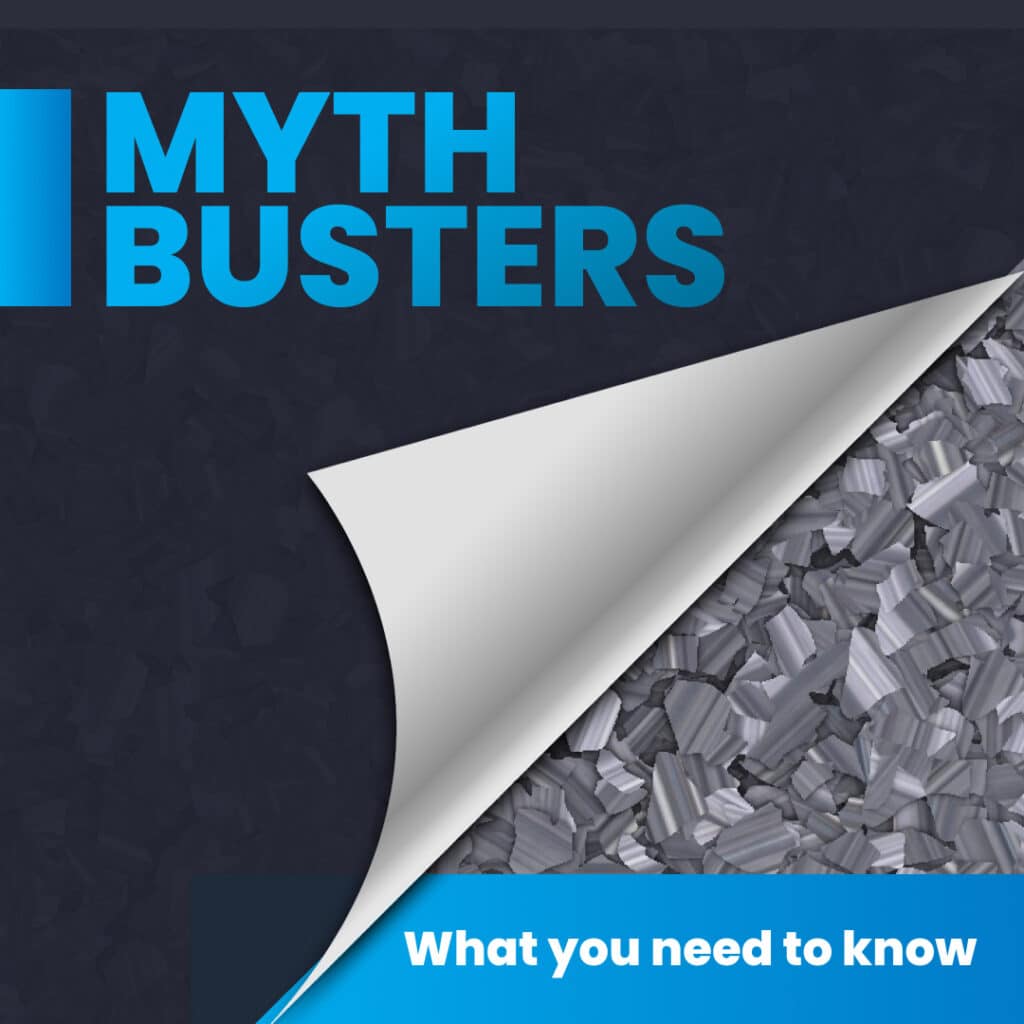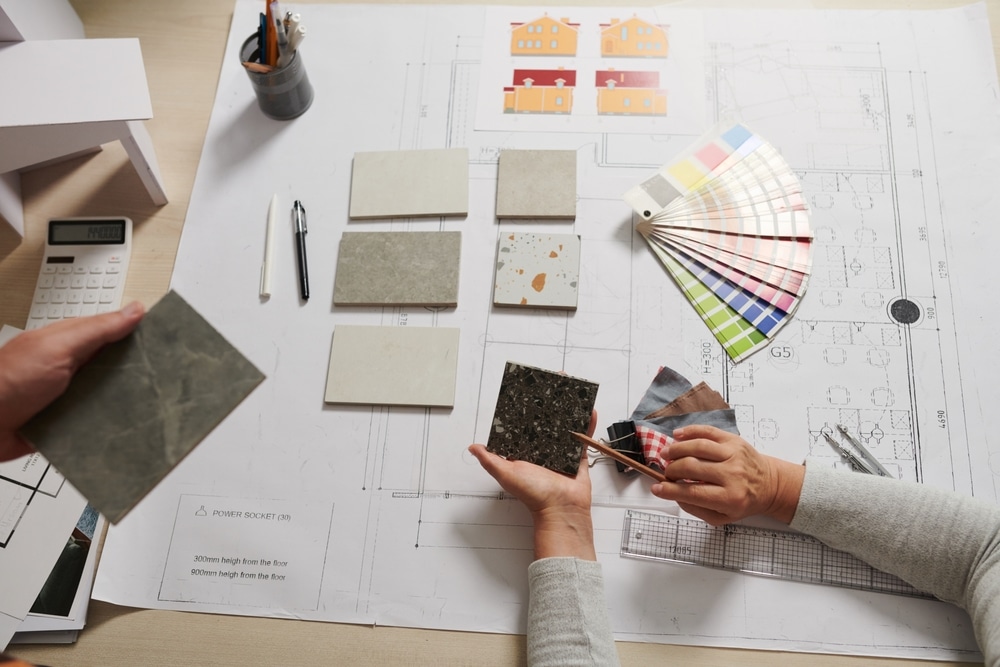Does your garage feel like a dust magnet?
Every time you walk through, do you notice particles floating in the air or settling on your car?
If you or your family members struggle with allergies, your concrete garage floor might be making things worse than you realize.
Bare concrete floors are notorious dust producers. They’re porous, they crack over time, and they shed particles into the air you breathe, all reasons why they’re the wrong choices for healthy and safe floors.
Thankfully, a polyaspartic floor coating can transform your dusty garage into a cleaner, healthier space for your entire family.
Do you want to know how this flooring solution tackles dust and allergens head-on? Put down the broom and dustpan, and read on to learn more about the dust control benefits of polyaspartic flooring.
Porous Surfaces: Why Concrete Floors Create Dust Problems
Your garage’s concrete floor wasn’t designed to stay pristine forever. Concrete is naturally porous, which means it absorbs moisture, oils, and other substances that can break down its surface over time.
Every time you drive over it, walk on it, or move heavy items across it, tiny particles break away from the surface.
These concrete particles become airborne dust that settles on everything in your garage. Worse yet, the porous surface traps dirt, pollen, and other allergens that get tracked in from outside.
When you disturb these trapped particles by walking or working in your garage, they get released back into the air.
How a Polyaspartic Coating Creates a Dust Barrier
When you apply a polyaspartic coating to your concrete floor, you’re essentially sealing the porous surface with a smooth, non-porous barrier. This coating bonds directly to your concrete, creating a protective layer that prevents the concrete from shedding particles or debris.
As a result, you can bet that there will be little to no concrete dust floating around your garage.
The smooth, seamless surface of polyaspartic flooring doesn’t trap dirt and allergens the way concrete does. Instead of particles settling into tiny pores and cracks, they sit on top of the coating where you can easily sweep or mop them away.
The Science Behind Allergen Control
Allergens need places to hide and accumulate to become a real problem. Your bare concrete floor provides thousands of tiny hiding spots in its porous surface. Common garage allergens include:
- Pollen tracked in on shoes and vehicles
- Dust mites that thrive in dusty environments
- Mold spores that grow in damp, porous concrete
- Pet dander from animals that spend time in the garage
With polyaspartic flooring, these allergens can’t penetrate the surface. They remain visible on top of the coating, making them easy to remove with regular cleaning. This dramatically reduces the allergen load in your garage air.
Easy Maintenance Means Consistent Results
One of the biggest advantages of polyaspartic floors for dust and allergen control is how easy they are to maintain. Unlike concrete, which requires special cleaners and still never gets completely clean, polyaspartic surfaces wipe clean with simple soap and water.
Regular sweeping removes surface dirt and debris before it can become airborne. When you need a deeper clean, a quick mop with mild detergent is all it takes. The smooth surface doesn’t hold onto grime, so your cleaning efforts are actually effective.
This easy maintenance routine helps you stay on top of dust and allergens consistently. You’re not fighting against a porous surface that works against your cleaning efforts.
Additional Air Quality Benefits
Beyond dust control, polyaspartic flooring offers other air quality improvements for your garage.
The coating is VOC-free once cured, meaning it won’t off-gas harmful chemicals into your air. This is particularly important if you use your garage as a workshop or spend extended time there.
The coating also resists moisture penetration, which helps prevent mold and mildew growth — two major contributors to poor indoor air quality. By keeping moisture from seeping into your concrete, you eliminate the damp conditions that these allergens need to thrive.
Making the Switch: What To Expect
If you’re dealing with dust and allergen issues in your garage, upgrading to polyaspartic flooring can provide relief relatively quickly. Our two-day installation process means minimal disruption to your routine, and you’ll start noticing cleaner air within days of completion.
The difference is often dramatic. Customers regularly tell us they can’t believe how much less dusty their garage feels after installation. Items stored in the garage stay cleaner longer, and family members with allergies often notice fewer symptoms when spending time in the space.
Your Path to Cleaner Garage Air
Controlling dust and allergens in your garage doesn’t have to be a constant battle. With polyaspartic flooring, you can address the root cause of these problems rather than just managing the symptoms.
At Ohio Garage Interiors, we’ve helped hundreds of Ohio homeowners transform their dusty garages into clean, healthy spaces. Our polyaspartic floor coating system comes with a 20-year warranty, so you can count on long-term dust and allergen control.
Ready to breathe easier in your garage? Contact us today for a free consultation and see how polyaspartic flooring can improve your garage’s air quality.



